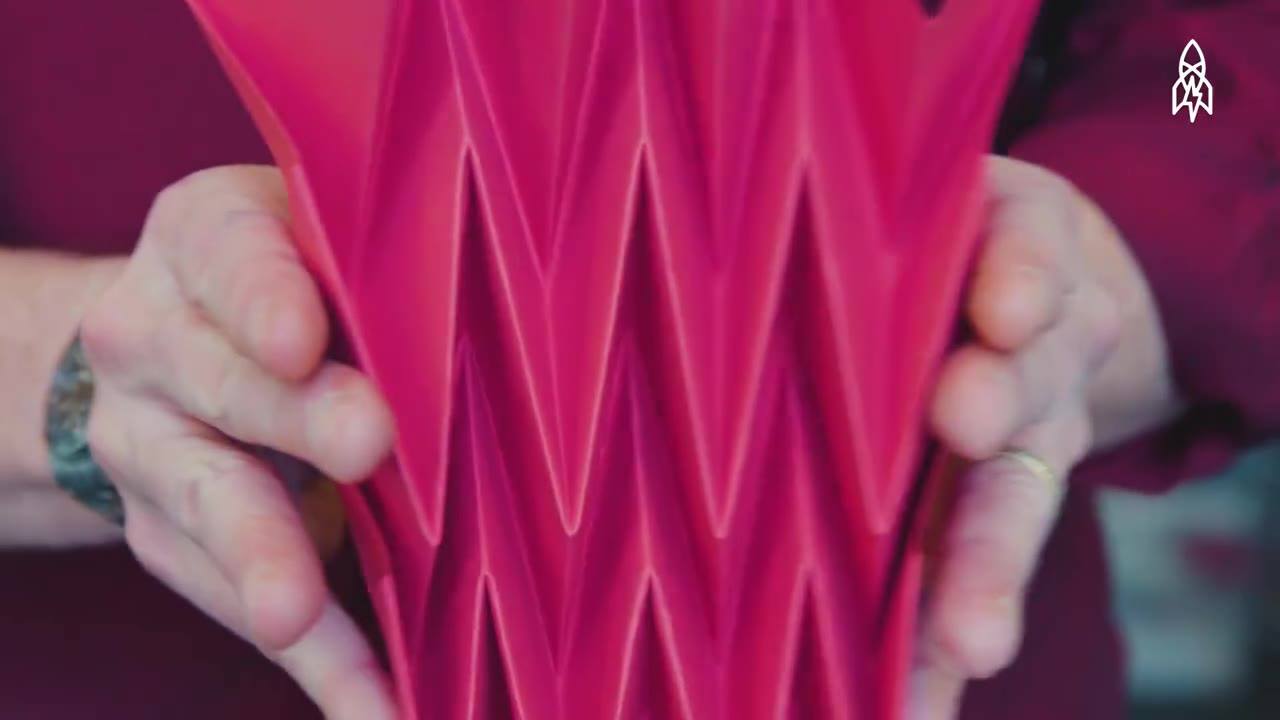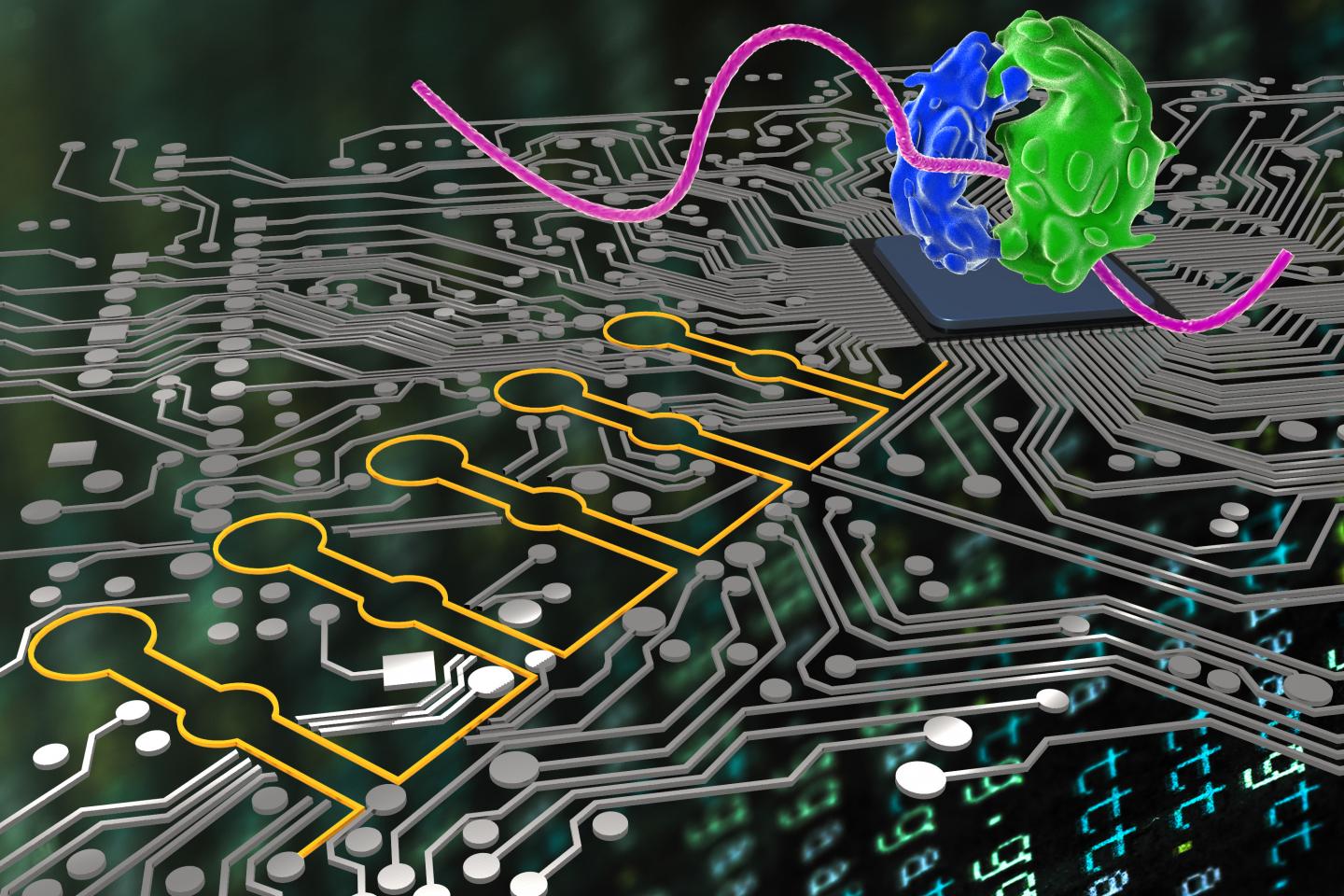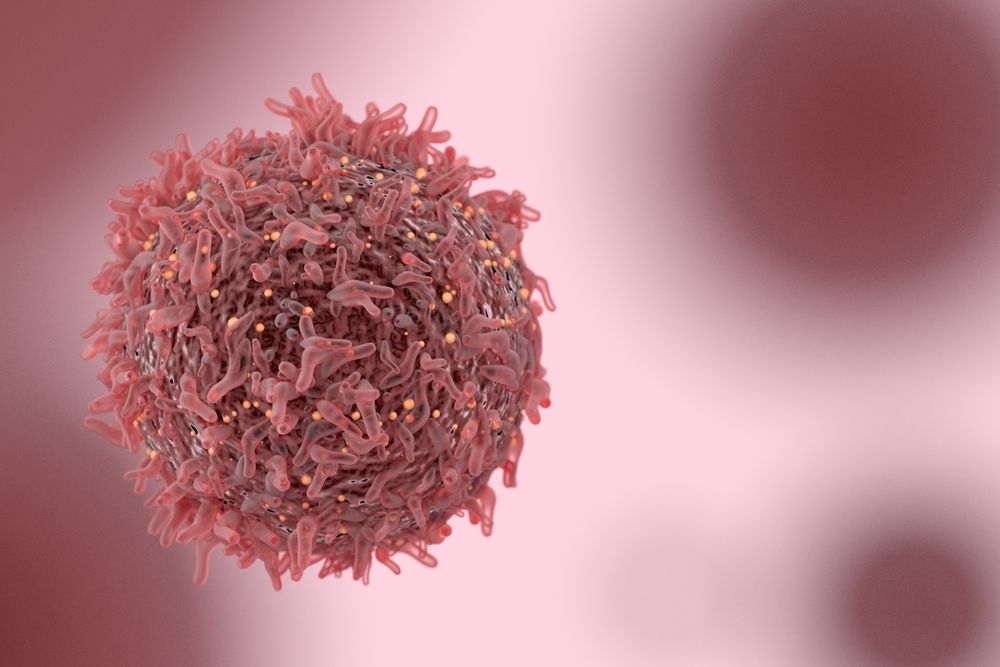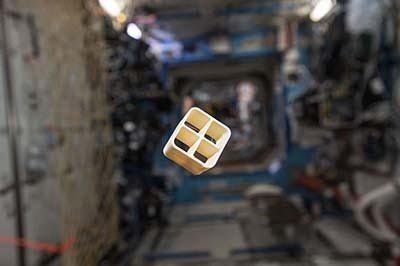However, that’s not what he’s best known for now: he’s a legend in the world of origami. His intricate designs are second to none, and they actually have applications back in engineering.



Just weeks after one research team appeared to put words in a leader’s mouth, here comes a new tool that can check questionable video for a pulse.
A recent demonstration showing how easy it is to spoof video of a world leader recently made headlines, foretelling a future where robot-created videos cause political and financial havoc. But now comes word of an antidote. On Monday, a group of computer scientists from Carnegie Mellon University’s Software Engineering Institute published new research showing how algorithms can tell whether the person on-screen has a human heartbeat. The technique will help future intelligence analysts, journalists, or just scared television viewers detect the difference between spoofed video and the real thing.
In case you missed the original news about AI –created fake video, last month a team of researchers at the University of Washington revealed a tool that can change footage of someone’s face to match an audio clip, making it look like the person is saying things they aren’t.

Synthetic biologists at Harvard’s Wyss Institute for Biologically Inspired Engineering and associates have developed a living programmable “ribocomputing” device based on networks of precisely designed, self-assembling synthetic RNAs (ribonucleic acid). The RNAs can sense multiple biosignals and make logical decisions to control protein production with high precision.
As reported in Nature, the synthetic biological circuits could be used to produce drugs, fine chemicals, and biofuels or detect disease-causing agents and release therapeutic molecules inside the body. The low-cost diagnostic technologies may even lead to nanomachines capable of hunting down cancer cells or switching off aberrant genes.

A new type of camera built by Stanford engineers and funded by the NSF and Intel generates a four dimensional image that is capable of capturing nearly 140 degrees of information.
The 4D camera, built by Donald Dansereau, a postdoctoral fellow in electrical engineering and Gordon Wetzstein, assistant professor of electrical engineering at Stanford, along with colleagues from the University of California, San Diego is the first single-lens, wide field of view, light field camera ever made.
With current cameras robots have to change position to get multiple perspectives of their surroundings in order to maneuver in complex environments and understand the objects within those environments.

In the hopes of rising above the laws and regulations of terrestrial nations, a group of Silicon Valley millionaires has bold plans to build a floating city in Tahiti, French Polynesia. It sounds like the start of a sci-fi dystopia (in fact, this is the basic premise behind the video game Bioshock), but the brains behind the project say their techno-libertarian community could become a paradise for technological entrepreneurship and scientific innovation.
The Seasteading Institute was set up in 2008 by billionaire PayPal founder Peter Thiel and software engineer, poker player, and political economic theorist Patri Friedman. Both ardent libertarians, their wide-eyed mission is to “establish permanent, autonomous ocean communities to enable experimentation and innovation with diverse social, political, and legal systems.”
“Seasteading will create unique opportunities for aquaculture, vertical farming, and scientific and engineering research into ecology, wave energy, medicine, nanotechnology, computer science, marine structures, biofuels, etc,” their website reads.


Advanced technological civilizations looking for efficient communication from one end of a galaxy to another would best be served by tapping into a network of transiting extrasolar earths. That is, extrasolar earths capable of being observed transiting across the face of their parent stars. Or so says an exoplanet researcher in the U.K.
Kepler-type space observatories out looking for transits of extrasolar earths, could also look for the telltale signatures of optical lasers or even alien macro-engineering projects that might be manipulated to signal another civilization.

Re-engineered macrophages to treat cancer.
Today we have a new study where researchers have created immune cells that ignore the way cancer tries to hide from detection.
Hiding in plain sight
The Macrophages are one of the types of immune cell and are responsible for dealing with dangerous cells, such as those which have become cancerous. The problem is most cancer cells bypass the immune system by fooling the immune cells into leaving them alone. Cancer cells present certain molecules on their surface that act like a “do not eat me” signal to macrophages which would otherwise engulf and digest them.

